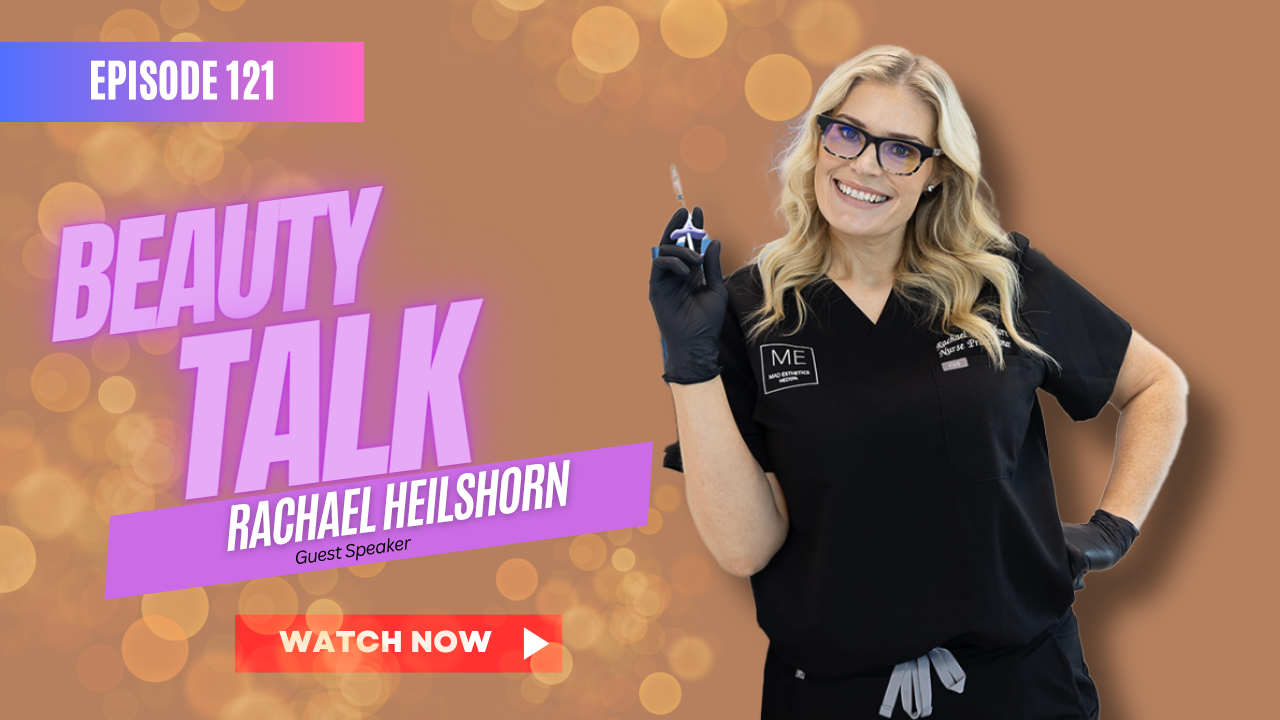Dermatology Marketing Guide That Drives More Patients Fast
You can be the best dermatologist in town and still struggle to fill your calendar. The truth is, many dermatology clinics lose patients not because of poor care but because people simply don’t know they exist. The dermatology market is crowded, and traditional marketing like postcards or magazine ads no longer does the job.
Patients now go straight to Google or Instagram when they need help with acne, rosacea, or skin cancer checks. If your dermatology practice isn’t visible there, your competitors already won that click.
The good news? You can fix that fast with the right dermatology marketing strategies. This guide breaks down exactly how to use digital marketing, SEO, and smart content marketing to help your practice attract new patients and keep them coming back.
Understanding the Modern Dermatology Patient Journey
Every dermatology marketing plan starts with understanding how people make decisions about their skin. Patients don’t just pick the nearest clinic anymore. They research, compare, and check reviews before booking an appointment.
A typical patient journey looks like this:
- Awareness – They realize they need help with a skin issue.
- Research – They Google symptoms or treatments.
- Evaluation – They compare dermatologists and check online reviews.
- Booking – They call, text, or book online.
- Retention – They return for maintenance or refer a friend.
Your marketing efforts should match each of these stages. Create educational blog posts to attract searches. Offer instant scheduling to make booking easy. Then follow up through email campaigns or text reminders to build trust and loyalty.
Most prospective patients make their decision within two days of searching for a dermatology clinic. If your brand isn’t showing up or responding fast, someone else will earn that appointment.
Branding That Builds Trust and Authority

People judge a clinic’s credibility in seconds. That’s why your practice website and visuals matter. A strong brand makes potential patients feel confident.
Focus on three things:
- Consistency: Your colors, logo, and tone should match across all platforms.
- Clarity: Make your services, pricing, and contact info easy to find.
- Proof: Share before-and-after photos, testimonials, and case studies.
If your website looks outdated or slow, fix that first. A study by Google shows that 53% of users leave a site if it takes more than three seconds to load. Your dermatology website design should look clean, load fast, and include conversion buttons like “Book Now” or “Request a Consultation.”
Here’s a quick look at what strong branding can do for a dermatology practice:
| Brand Element | Weak Branding | Strong Branding |
|---|---|---|
| Logo and colors | Inconsistent, outdated | Consistent and memorable |
| Website | Cluttered or slow | Fast, modern, and mobile-friendly |
| Online reputation | Few or no reviews | Dozens of positive reviews |
| Messaging | Generic | Speaks directly to patient needs |
| Patient perception | Uncertain | Trustworthy and professional |
Branding may seem like fluff, but it’s the foundation of effective dermatology marketing. It’s what helps your practice stand apart in a competitive dermatology market.
Dermatology Local SEO: How Patients Find You First
When people search “dermatologist near me,” they’re ready to book. That’s where local SEO comes in. Optimizing your Google Business Profile helps you appear in local results and on Google Maps.
Start by filling out every section of your profile: hours, contact info, and service list. Add fresh photos of your clinic and team. Then post weekly updates such as short promos, treatment highlights, or skincare tips.
Now let’s talk keywords. You want to include terms your patients actually use:
- “Skin care clinic Torrance”
- “Botox near me”
- “Acne treatment specialist”
Adding city-based content to your website, like blogs about “summer skincare in Torrance,” also helps your SEO. These pages tell search engines that you’re a local expert.
EDNA’s 360 platform tracks this performance for you, showing which search terms drive the most traffic and calls. The goal is simple: get your dermatology practice seen first, clicked first, and booked first.
Paid Advertising That Brings Quick Results

If SEO is your long game, Google Ads and Meta Ads are your fast track. Paid ads help your dermatology clinic appear instantly for high-intent searches like “chemical peel Torrance” or “eczema treatment nearby.”
Use targeted marketing campaigns that speak to your patient’s needs. Instead of promoting “general dermatology services,” try focusing on one outcome: “Get clear skin in 30 days with expert care.”
Social media ads also work well for visual treatments like Botox, fillers, and laser resurfacing. Use real photos, short videos, and positive reviews to build trust. Always include a simple call to action: Book your consultation today.
Don’t guess your budget. Start small, review your analytics, and increase spending on what converts. Paid ads, when combined with search engine optimization, help your marketing efforts align and deliver both short-term and long-term growth.
Social Media Marketing That Feels Real

People don’t follow clinics; they follow people. That’s why your social media platforms should show more than just results. Show your personality, your staff, and the real human side of patient care.
Post stories about what happens behind the scenes, share skincare tips, or go live to answer common questions. The more relatable you are, the easier it is to attract patients.
Here are a few dermatology marketing ideas to attract engagement:
- Q&A videos on acne or anti-aging
- Before-and-after carousels (with consent)
- Myth-busting posts about common skincare routines
- Community involvement updates, like charity skin checks
If consistency is a struggle, schedule posts in advance. EDNA’s social marketing system automates your posting calendar and tracks engagement so your marketing team can focus on what works best.
Email & SMS Nurture Systems That Keep Patients Returning
Here’s a fact: most patients don’t book on the first contact. They usually need reminders or reassurance. That’s where email marketing and SMS automation help.
You can send personalized email campaigns to welcome new patients, remind existing ones about follow-ups, or promote dermatology services for the season. For example, a “Post-Summer Skin Repair” campaign in September can re-engage old leads.
Segment your list by behavior such as new patients, active clients, and dormant ones. That way, you send the right message at the right time.
When done well, nurturing can increase patient retention by 25% or more. It’s not about spamming inboxes. It’s about building relationships that make patients trust your dermatology practice for years.
Reputation Management and Online Reviews

If there’s one thing that influences decisions, it’s online reviews. According to BrightLocal, 87% of consumers read reviews before choosing a healthcare provider.
Encourage patients to leave feedback right after appointments. Ask politely through SMS or email and make it easy with a direct Google review link. Always thank them for their input, even if it’s critical.
A simple rule: never argue online. Respond professionally, show empathy, and offer to resolve issues privately. That approach turns even unhappy patients into advocates.
EDNA’s reputation management tools help automate review requests and alerts, saving you time. The more reviews you gather, the more trust you build; and the higher your ranking climbs in local search results.
Tracking, Analytics, and Ongoing Optimization
You can’t grow what you don’t measure. Every dermatology marketing plan needs data to back it up. Key numbers to track include:
- Website traffic and bounce rate
- Cost per lead
- Booking rate from ads
- Email open and click rates
- Patient retention rate
Using tools for dermatology practices like Google Analytics, you can see what’s working and where to adjust. If one campaign brings a high number of clicks but no bookings, the landing page might need improvement.
Keep testing, reviewing, and improving. Over time, these small tweaks lead to a successful dermatology growth pattern and a marketing system that practically runs itself.
FAQs
1. How fast can I expect results from my marketing campaigns?
Results depend on your marketing channels. Paid ads often show new bookings within days. SEO and content-based growth usually take 2–3 months to gain momentum.
2. Which platform is best for dermatology digital marketing?
Google and Instagram dominate. Google helps patients find you when they’re ready to book. Instagram builds brand trust and community around your practice.
3. Can marketing help a new dermatology clinic compete?
Yes. Smart digital marketing strategies level the playing field. With good branding, content marketing, and fast response times, new clinics can attract patients quickly.
4. What’s the best way to get patients to leave positive reviews?
Ask right after a good visit, when the experience is fresh. Provide an easy review link, and thank them personally. People are more likely to share feedback when asked directly.
5. How much should I invest in digital marketing for dermatologists?
Start with about 7–10% of your monthly revenue. Use it for a mix of SEO, paid ads, and email marketing. Then review ROI each quarter and adjust based on results.
Conclusion: From Visibility to Volume
Your dermatology clinic doesn’t need luck; it needs strategy. The right marketing for dermatologists focuses on what matters most; visibility, trust, and connection.
When your marketing efforts combine search engine optimization, paid ads, social media, and consistent patient communication, your practice starts to grow naturally.
At EDNA Digital Marketing, we help dermatologists turn clicks into patients and patients into loyal advocates. If you’re ready to grow your practice, now’s the time to act. Book your free marketing audit today and see how fast you can attract new patients and retain existing ones.










